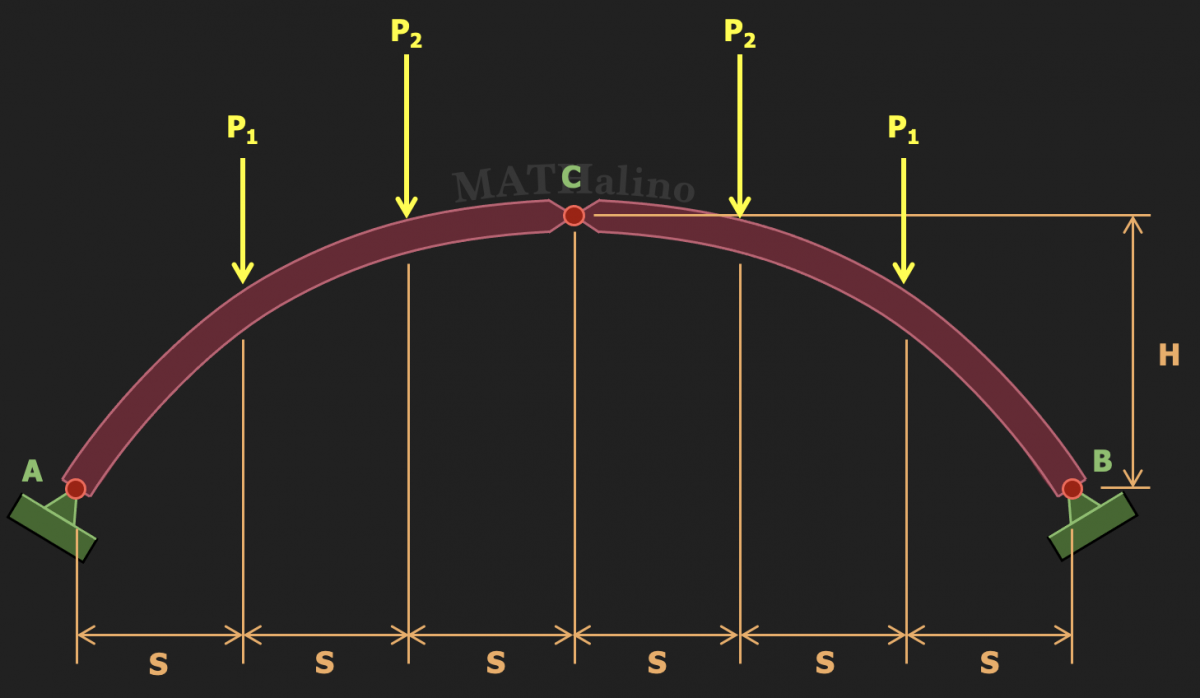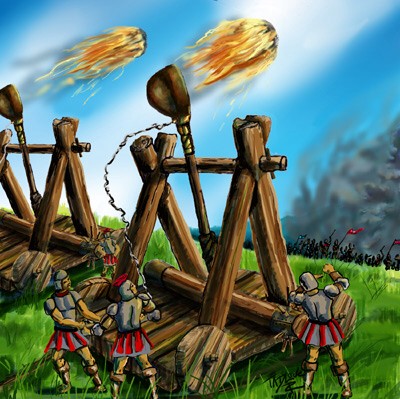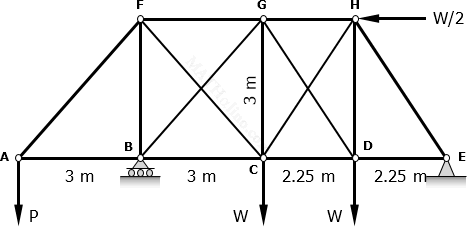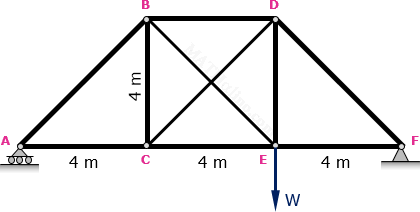Angle turned by train in 1 minute
Problem
A train is moving at the rate of 8 mi/h along a piece of circular track of radius 2500 ft. Through what angle does it turn in 1 min?
| A. 15.18° | C. 13.18° |
| B. 13.16° | D. 16.13° |
- Read more about Angle turned by train in 1 minute
- Log in to post comments




